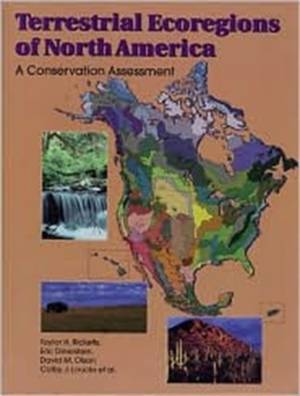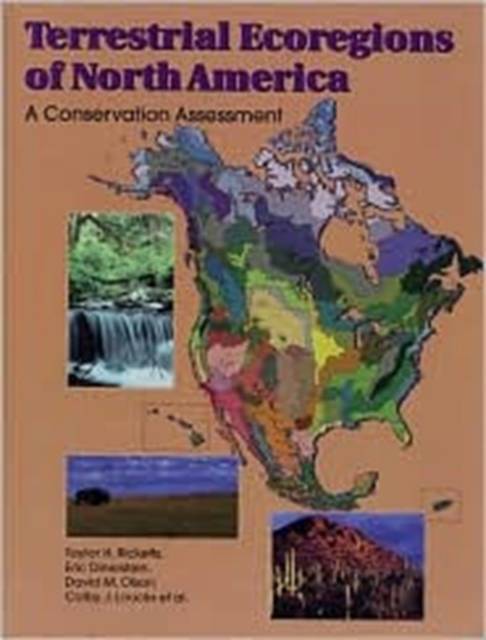
- Afhalen na 1 uur in een winkel met voorraad
- Gratis thuislevering in België vanaf € 30
- Ruim aanbod met 7 miljoen producten
- Afhalen na 1 uur in een winkel met voorraad
- Gratis thuislevering in België vanaf € 30
- Ruim aanbod met 7 miljoen producten
Terrestrial Ecoregions of North America, Volume 1
A Conservation Assessment
Taylor H Ricketts, Eric Dinerstein, David M Olson, Colby J Loucks, William Eichbaum, Dominick A DellaSala, Kevin Kavanagh, Prashant Hedao, Patrick Hurley, Karen Carney, Robin Abell, Steven WaltersOmschrijving
Lauded in the New York Times science section as "a sweeping analysis of the ecosystems of the United States and Canada," this volume represents an unparalleled source of information and data for scientists and conservationists working in North America. Using a rigorous ecoregion-based approach, rather than the more common state-by-state analysis, a team of scientists from World Wildlife Fund has produced a stunning and comprehensive assessment of the current status of biodiversity in North America north of Mexico.
Terrestrial Ecoregions of North America begins with six chapters that present the rationale for the ecoregion approach, describe the biological distinctiveness of North American ecoregions, assess the level of threats facing each, present a conservation agenda for the next decade, and set forth recommendations for preserving and restoring biodiversity. In addition, nineteen essays by leading scientists address specific topics such as the effect of cattle on riparian areas, and the problem of invasive exotic plant species. Following the main text are substantial appendixes that describe each ecoregion in detail, including information on:
- unique features of the ecoregion that set it apart from the others
- its biological distinctiveness, threats to habitats and wildlife, and important sites for conservation
- activities that enhance biodiversity conservation in the ecoregion
- conservation partners working in the ecoregion, including addresses and other contact information
- the relationship of the ecoregion to other classification schemes
- literature cited for that ecoregion
The ecoregion-based approach has been adopted by many conservation groups as the most effective way to ward off massive losses of biodiversity, and this volume provides a road map to that important new strategy. With a significant number of previously unpublished data sets and new analytic approaches, Terrestrial Ecoregions of North America is both a guidebook for describing the biological wealth of the continent and a handbook for restoring and conserving it. It will be an essential reference for anyone concerned with biodiversity conservation in North America.
Specificaties
Betrokkenen
- Auteur(s):
- Uitgeverij:
Inhoud
- Aantal bladzijden:
- 508
- Taal:
- Engels
- Reeks:
- Reeksnummer:
- nr. 1
Eigenschappen
- Productcode (EAN):
- 9781559637220
- Verschijningsdatum:
- 1/06/1999
- Uitvoering:
- Paperback
- Formaat:
- Trade paperback (VS)
- Afmetingen:
- 218 mm x 280 mm
- Gewicht:
- 1365 g

Alleen bij Standaard Boekhandel
Beoordelingen
We publiceren alleen reviews die voldoen aan de voorwaarden voor reviews. Bekijk onze voorwaarden voor reviews.











